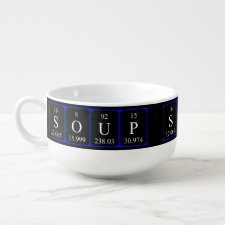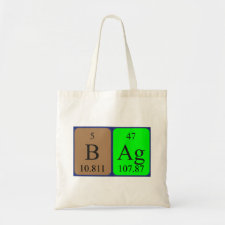
Authors: Zhang CJ, Wang YZ, Guo JX, Liu YJ, Zhou YG
Article Title: Chitosan nanoparticle carrier based on surface molecularly imprinted polymers for the recognition and separation of proteins.
Publication date: 2015
Journal: RSC Advances
Volume: 5
Issue: (128)
Page numbers: 106197-106205.
DOI: 10.1039/C5RA14088A
Abstract: This paper discusses the construction of surface molecularly imprinted polymers (MIPs) based on the modified chitosan (CS) nanoparticle carrier to recognize and separate bovine serum albumin (BSA, pI 4.9, MW 69.0 kDa) in aqueous solution. Functional biopolymer CS was selected as the supporting material. The C=C group was introduced to CS by glycidyl methacrylate (GMA) to form ethylene-modified chitosan (GMA-CS), so that the imprinting polymerization could be initiated onto GMA-CS. Both bi-functional monomers MIP1 composed of acrylamide (AAm) and acrylic acid (AA) and single functional monomer MIP2 polymerized only by AA were prepared. Transmission electron microscopy (TEM) and field emission scanning electron microscopy (FESEM) were used to characterize the micro-morphology of MIP1 and MIP2, respectively. Static adsorption experiments showed that the adsorption capacity of MIP2 for BSA was much higher than MIP1, so we chose MIP2 for further research. The results showed that the MIP2 could accomplish adsorption equilibrium within only 2 h under an initial BSA concentration of 1.0 mg mL-1 and gave an imprint factor of 2.35. The theoretical maximum adsorption capacity (Qmax) was determined by the Langmuir model, which turned out to be 373.13 mg g-1. The selectivity of the MIP2 was evaluated by direct adsorption of a single reference protein and mixed proteins. The UV measurement and sodium dodecyl sulfate polyacrylamide gel electrophoresis (SDS-PAGE) analysis results indicated that the MIP2 had a relatively higher adsorption capacity with good recognition and binding selectivity for BSA, which made it possible to remove the template protein from different sample solutions. After three adsorption-desorption cycles, MIP2 could still maintain 66.5% of absorption capacity. It was also found that the buffer pH had a great influence on the adsorption capacity of MIP2, indicating electrostatic interactions played an important role in the absorption and recognition process
Template and target information: protein, bovine serum albumin, BSA



Join the Society for Molecular Imprinting

New items RSS feed
Sign-up for e-mail updates:
Choose between receiving an occasional newsletter or more frequent e-mail alerts.
Click here to go to the sign-up page.
Is your name elemental or peptidic? Enter your name and find out by clicking either of the buttons below!
Other products you may like:
 MIPdatabase
MIPdatabase









